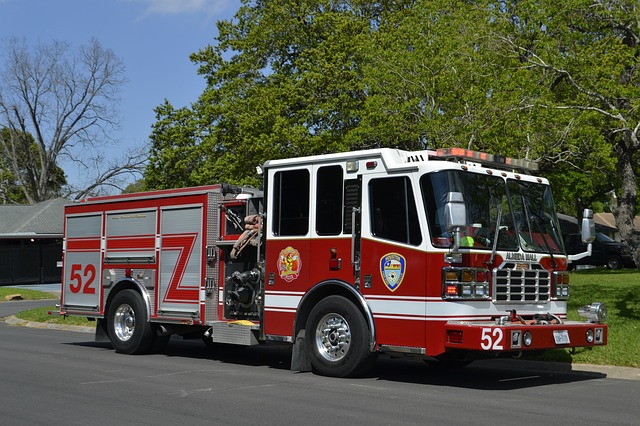The Nagaland school safety policy designed for all schools in the region ensures the safety of students, teachers, and school staff from human-made and natural disasters.
However, key challenges that could limit the effective administration of the Nagaland school safety policy include the availability of fire extinguishers, first aid boxes, temporary shelters, among others.
The Nagaland State Disaster Management Authority (NSDMA) following recent tragedies like the Kumbakonam fire tragedy and the Dabwali fire incident developed a comprehensive Nagaland Disaster Management School Safety Policy 2019 in collaboration with the Department of School Education.
The Nagaland school safety policy
The Nagaland school safety policy is in line with the vision of the organization to build a safer and disaster resilient India through being proactive in developing a culture of prevention, preparedness, and mitigation.
According to the organization, children are the most vulnerable in disasters, and the policy keeps the learning environment safe for children.
The action of the Nagaland State Disaster Management Authority (NSDMA) and the school education department got appreciated by Chief Minister Neiphiu Rio. The Minister applauded NSDMA for taking vital steps to ensure the safety of schools and reduce the risk exposure of children and stakeholders.
The Nagaland school safety policy specifies actions that must be taken by the interested parties for school safety. The Nagaland Chief Secretary Temjen Toy believes following the school safety guidelines develops disaster-resilient schools.
All schools in the region, notwithstanding their classification, should adopt and follow the guidelines presented by the Nagaland school safety policy. State-owned schools- whether government, aided/unaided, or private, irrespective of their location in rural or urban areas should adopt the school safety policy.
The policy guidelines prevent and mitigate risks. It also ensures continuity in the practice of school safety plans. The policy is also very efficient in restoring normalcy in schools after the onset of a disaster so that children are physically, mentally, and emotionally secure within their schools.
Requirements for the Nagaland school safety policy
The school systems must be sensitized to imbibe the school safety policies, which includes capacity development activities such as training of teachers and students. There should be public awareness of disasters, disaster management, and appropriate responses.
Also, students and stakeholders will be taught on how to pre-position equipment for emergency response. Furthermore, the government should allocate funds for the creation of educational material/ purchase of equipment relating to disasters and monitoring of risk.
NSDMA school safety guideline incorporates the creation of the School Disaster Management Club (SDMC) in all the schools. An annual allocation of Rs.3000 is available to support the management of the school club.
A monitoring committee comprising of members from both government & private schools will oversee the development of DM topics and Chapters for different levels of classes.
Key challenges to implementing the school safety policy
Safety tools must be in place to ensure the successful implementation of the policy. The critical challenges encountered include the provision of fire extinguishers, first aid box, torch, thick rope, ladders, stretcher, temporary shelter (Tents & Tarpaulins), and sand buckets.
These provisions should be available at a subsidized rate for the schools. Also, regular awareness training should be planned, and provision made for retrofitting of a narrow staircase.







